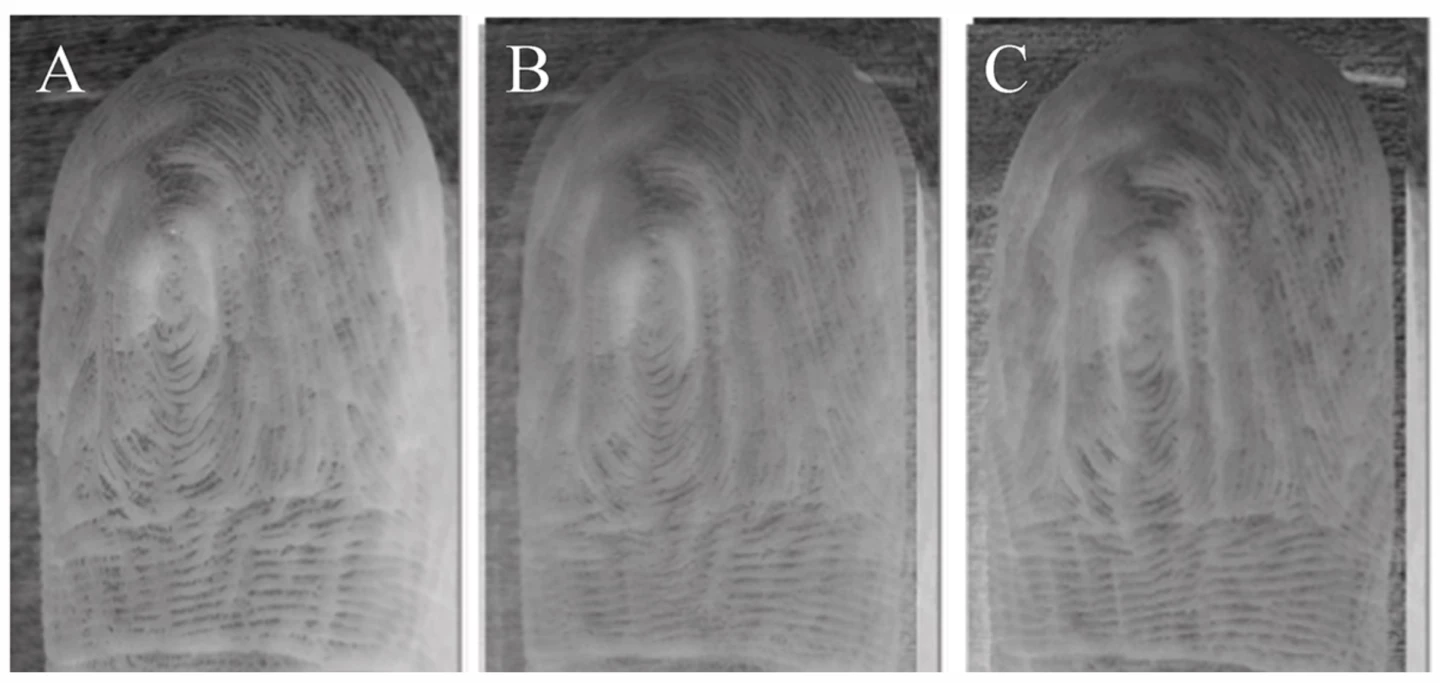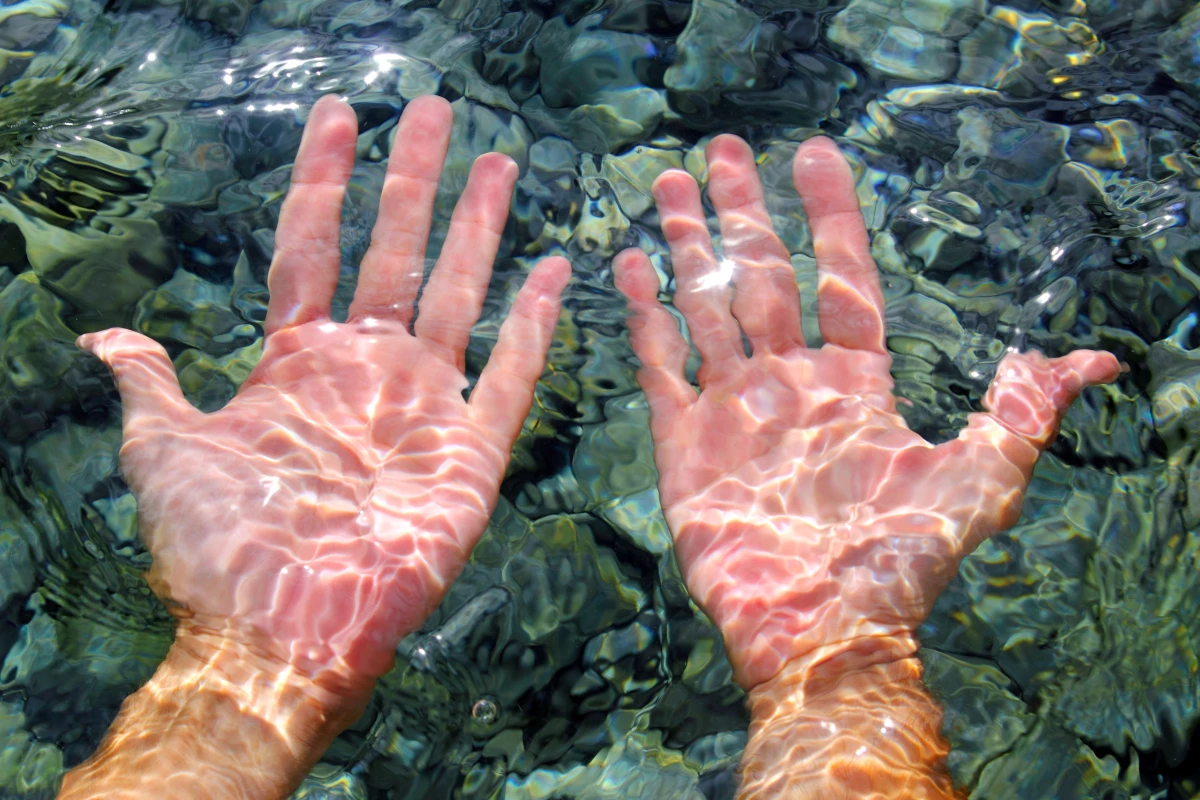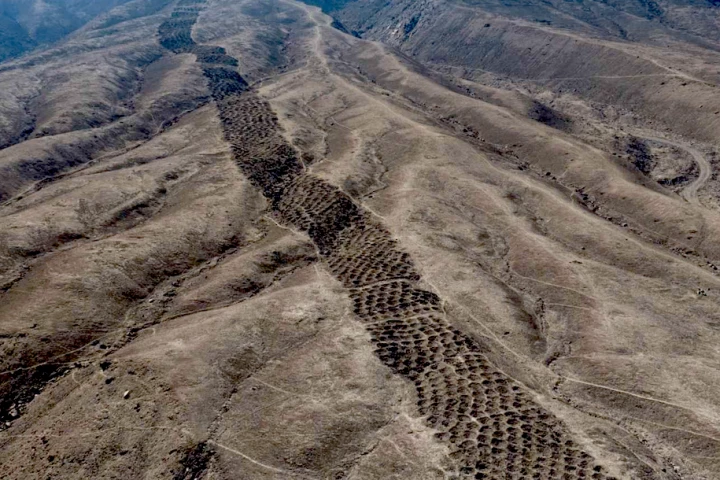A question from a curious kid quickly led a team of scientists down a research rabbit hole – one that has now culminated in fascinating new knowledge about our water-wrinkled fingertips. And there's more to this discovery than a cool piece of trivia.
In 2023, Binghamton University biomedical professor Guy German wrote about his team's research into the mechanism that causes our fingers and toes to appear pale and wrinkled after extended submersion in water.
"When your hands and feet come into contact with water for more than a few minutes, the sweat ducts in your skin open, allowing water to flow into the skin tissue," he wrote. "This added water decreases the proportion of salt inside the skin. Nerve fibers send a message about lower salt levels to your brain, and the autonomic nervous system responds by constricting the blood vessels."
And, more than just a side effect, this serves a biological function, with this response to prolonged water exposure providing a more textured surface to grip with – be it holding objects or walking on slippery ground.
But it was a question from a young reader of that 2023 article – whether the wrinkle effect is random or the same every time – that formed the foundation of the hypothesis behind this fascinating new insight.
For the first time, Binghamton University researchers have found that when human hands experience "water-induced finger wrinkling" (WIFW) – also known by many terms such as pruning and waterlogging – the indents aren't random each time, but as specific as fingerprints themselves. And this can be traced back to the blood vessels that leap into action.
“Blood vessels don’t change their position much – they move around a bit, but in relation to other blood vessels, they’re pretty static,” German said. “That means the wrinkles should form in the same manner, and we proved that they do.”

To test their theory, the researchers had three participants soak their hands in water for 30 minutes to trigger WIFW, and then photographed their fingertips. The same process was repeated at least 24 hours later, and then again the next day. When images were analyzed, the team found that the wrinkling "topography" was essentially identical. While it's a small study, morphological uniformity was consistent across each individual.
The discovery has real-world potential – such as assisting identification at crime scenes and in the development of different kinds of biometric sensors – but it also demonstrates the power of inquiry in scientific research.
“Biometrics and fingerprints are built into my brain,” he said. “I always think about this sort of stuff, because it’s fascinating.”
Naturally, you can test these findings on your own hands – however, if you have any kind of injury to the median nerve that runs from the shoulder to the hand, you might be out of luck.
“We’ve heard that wrinkles don’t form in people who have median nerve damage in their fingers,” German said. “One of my students told us, ‘I’ve got median nerve damage in my fingers.’ So we tested him – no wrinkles.”
The research was published in the Journal of the Mechanical Behavior of Biomedical Materials.
Source: Binghamton University
Posted in: Science & Technology, Watson






